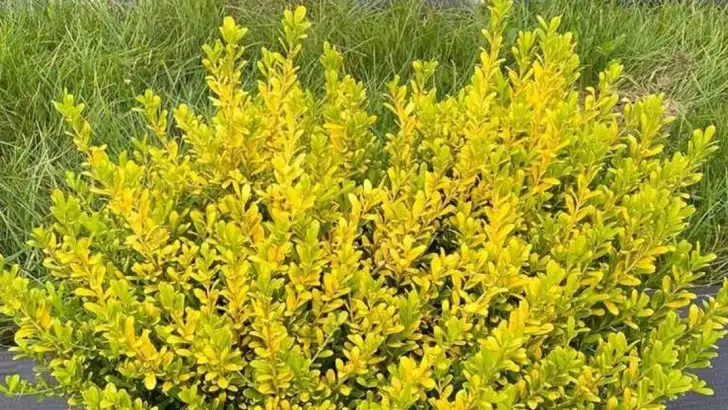Hiring someone to trim your hedges—or spending hours doing it yourself—can feel endless. But not all structure in the garden needs constant shaping. Some plants are naturally compact, symmetrical, and stay in form with zero effort.
These self-maintaining species offer the look of a perfectly manicured hedge or border, without the tools, noise, or monthly upkeep. They’re ideal for busy gardeners, low-maintenance landscapes, or anyone tired of pruning stress.
In this guide, we highlight plants that do the work for you—while still delivering clean lines, privacy, and beauty all year long.
Boxwood
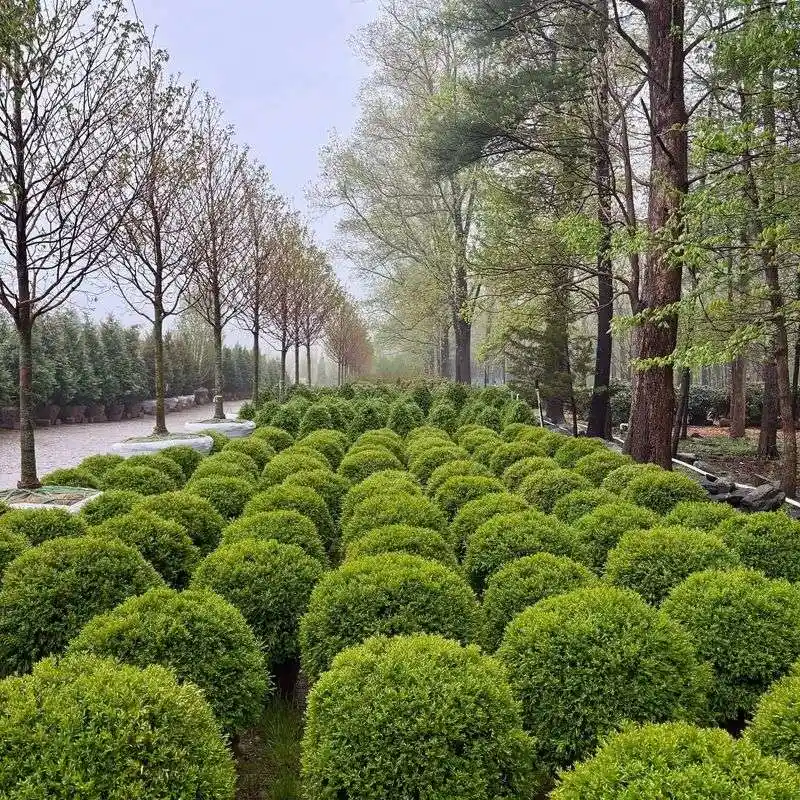
Boxwood has long been favored by gardeners for its natural ability to maintain a tidy shape. Its dense, evergreen foliage provides year-round interest. Planting boxwoods in rows creates a stately look without constant pruning. These plants are also deer-resistant and can thrive in various soil types.
A historical favorite in English gardens, boxwood brings a touch of classic elegance to any landscape. Whether lining a pathway or forming a border, this plant offers both form and function.
Considered a symbol of peace, boxwood has been used in gardens for centuries for its versatility.
Japanese Holly
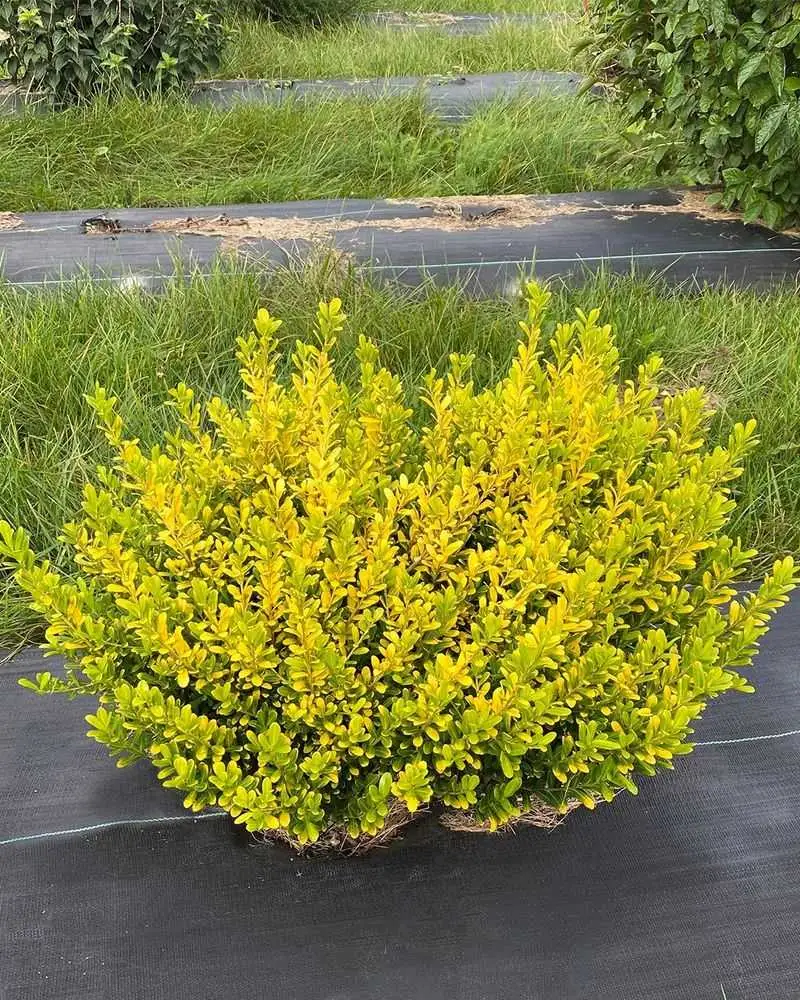
Japanese Holly might remind you of boxwood, but it’s got its own charm. Its small, glossy leaves create a tidy, regular appearance without much fuss. Perfect for hedges or standalone shrubs, and it’s also pest-resistant.
With its dense growth habit, it easily shapes itself into neat forms. This makes Japanese Holly an excellent choice for the lazy gardener who still wants a sophisticated look.
Did you know? In Japan, this plant is often used in traditional gardens to create symbolic barriers, embodying protection and peace.
Lavender
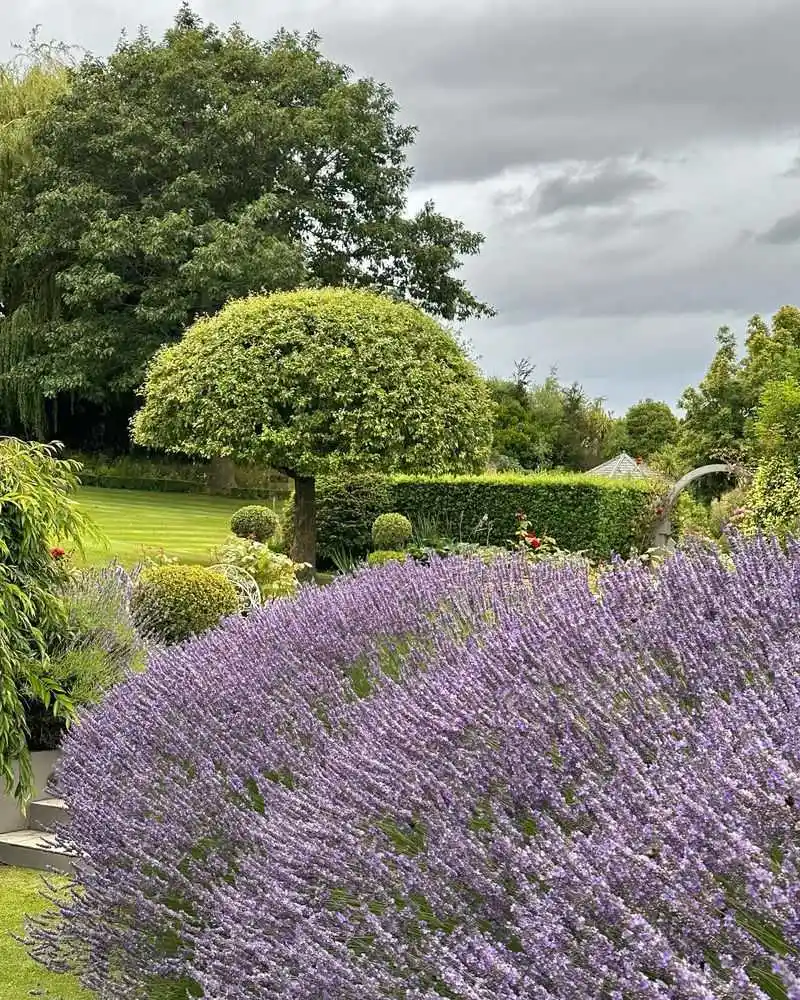
Lavender isn’t just a fragrant addition to your garden; it’s also a self-structuring marvel. Its soft purple blooms create naturally rounded mounds, giving your space a touch of Provençal flair.
Lavender thrives in well-drained soil with plenty of sunlight, making it a superb choice for sunny borders. As it matures, the plant’s structure fills out beautifully without any need for trimming.
Historically, lavender has been used in perfumes and sachets, celebrated for its calming scent. It’s a practical and aesthetic choice for any garden.
Dwarf Alberta Spruce
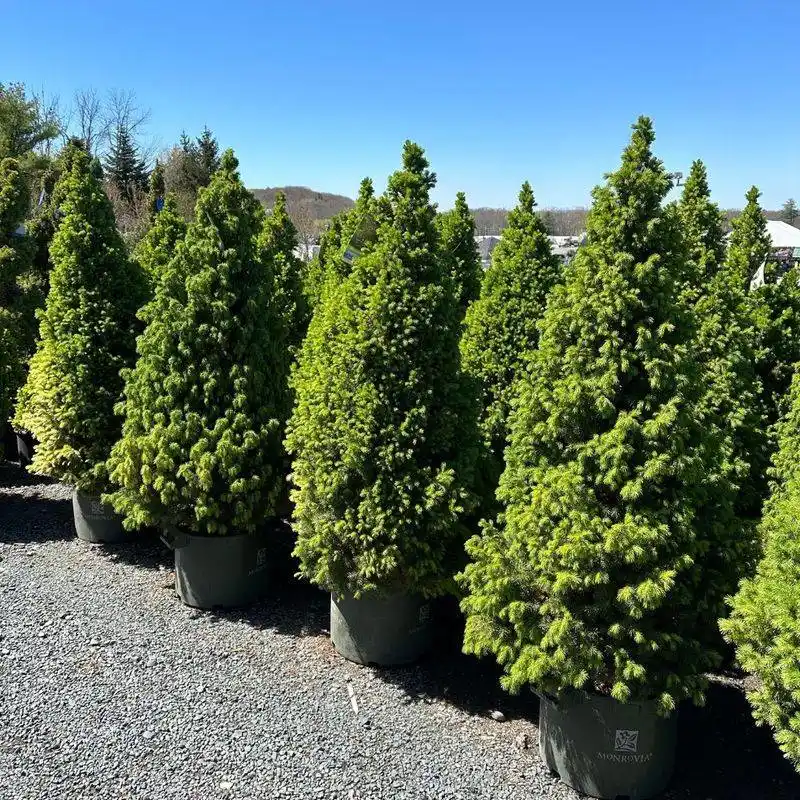
The Dwarf Alberta Spruce is a charming conifer that stays compact over the years. Its conical shape lends a touch of formality to gardens without requiring any cuts. This spruce’s slow growth means you can enjoy its beauty without much intervention.
Ideal for small gardens or as a focal point in larger landscapes, it offers visual interest throughout the year. With its lush green needles, this spruce stands out in the winter garden.
A fun fact: This plant was discovered in Alberta, Canada, and has since become a popular choice worldwide!
Heavenly Bamboo (Nandina)
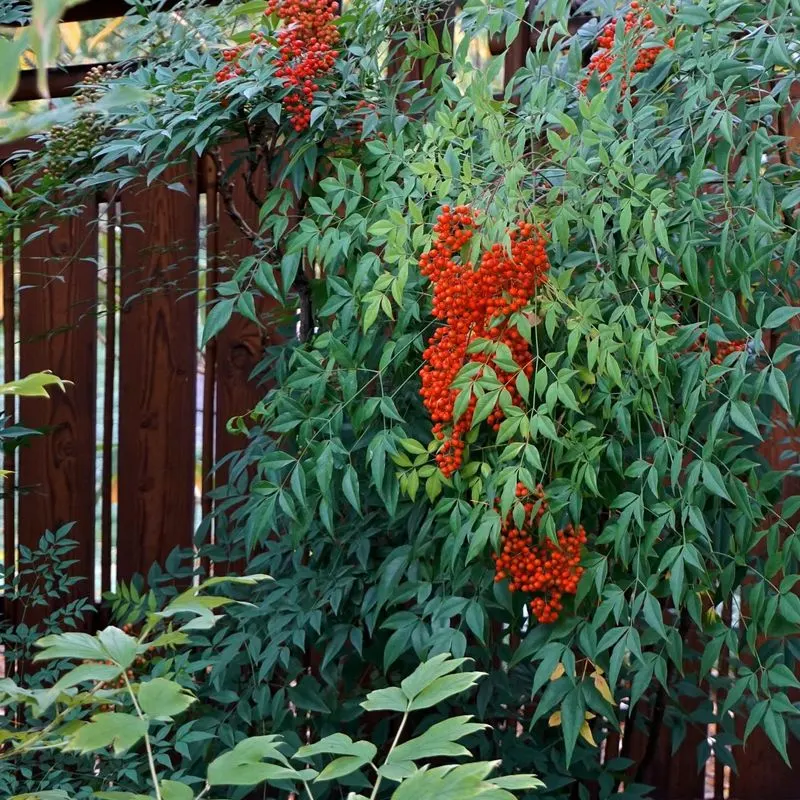
Heavenly Bamboo, or Nandina, is neither bamboo nor heavenly in labor. It naturally forms graceful, vertical sprays that change color throughout the seasons. These plants require very little trimming.
Its leaves take on hues of red and gold in autumn, adding visual drama to any landscape. Although not a true bamboo, its elegant appearance makes it a sought-after addition to modern gardens.
Heavenly Bamboo symbolizes prosperity and is often used in Feng Shui to attract positive energy. It’s both a conversation piece and a low-maintenance gem.
Yew
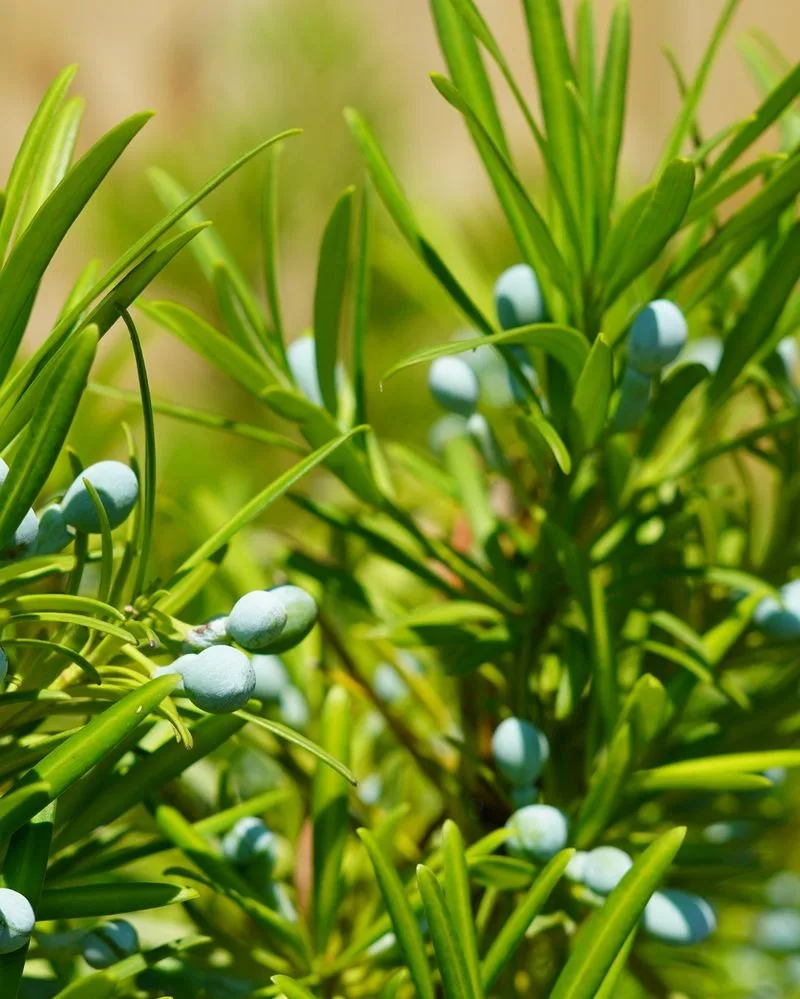
Yew is a classic evergreen that’s been a staple in gardens for centuries. Its ability to maintain a structured shape with minimal intervention is remarkable. Yews boast dark green needles that provide a lush backdrop for garden flowers.
As a hedge, yew offers privacy and elegance without needing constant care. Its tolerance to shade and various soil conditions makes it a versatile choice for different garden designs.
Historically, yews have been associated with endurance and longevity, often found in churchyards across Europe. Their beauty is timeless.
Euonymus

Euonymus adds vibrancy to gardens with its striking, variegated foliage. Known for its robustness, this plant holds its shape even in challenging conditions. Euonymus can be used for hedges, ground cover, or as standalone accents.
Its adaptability to various climates and light conditions makes it a favorite among garden enthusiasts. With minimal pruning, it maintains its decorative look all year round.
In autumn, some varieties produce striking pink and orange fruit, adding an extra layer of interest. Euonymus is a hard-working plant that brings color and structure effortlessly.

